DualQuad312 (9/23/2013)
Hi Ted,
...... I was wondering if maybe you might of heard about dished pistons being used in place of supercharged heads or even the trucks heads? A friend had told me this who has a supercharged custom 300...Have u heard of this? I'd assume I, would sill use the large intake valves the ECZ-G heads? I, understand the compression ratio is supposed to be 8.3 to 1 for the supercharged engine.....I, appreciate any insight on this topic,,,
Jeff Wben it comes to lowering the compression ratio, dished pistons are an alternative option versus using big chambered heads. With that being said, there are several options on the dish design. Here are some pics of various dished pistons for the Y. For an all out blown application, I lean heavily toward the reverse hemispherical design.
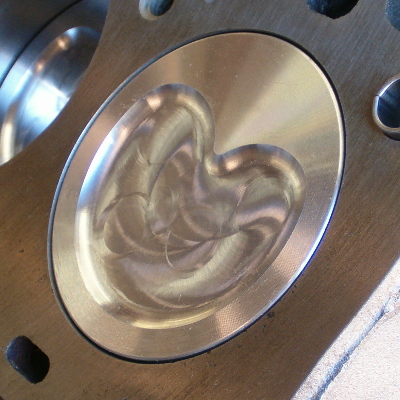
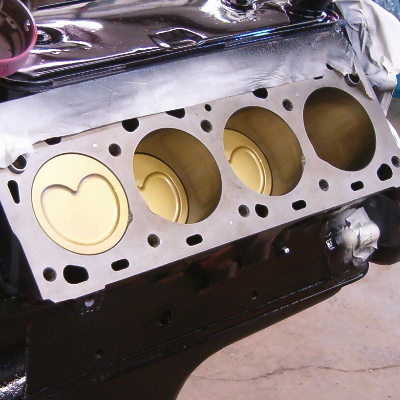
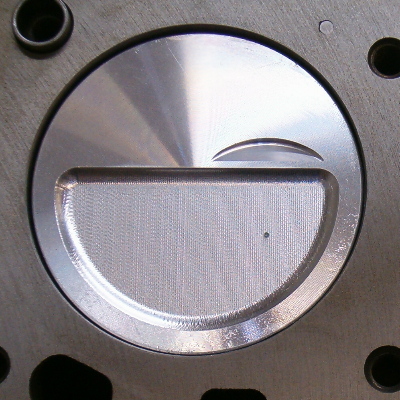
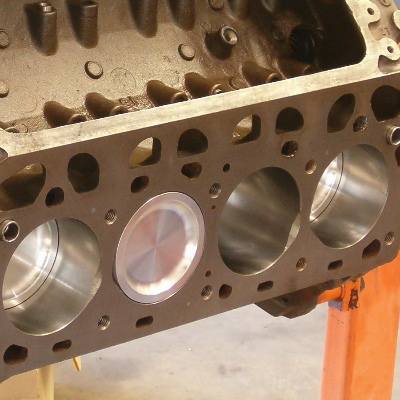
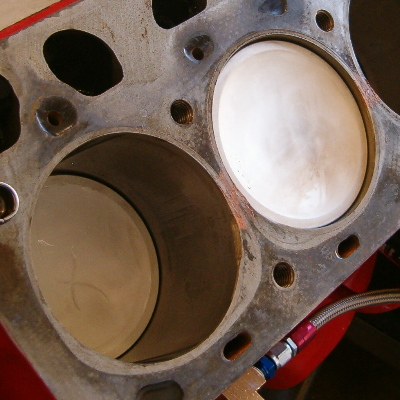
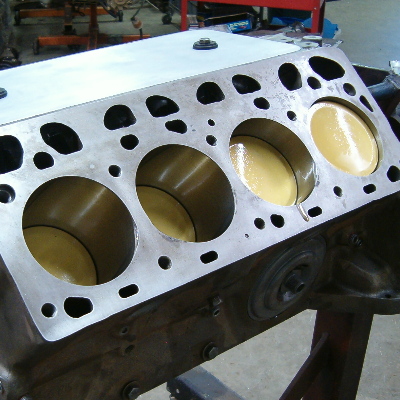

 Lorena, Texas (South of Waco)
Lorena, Texas (South of Waco)